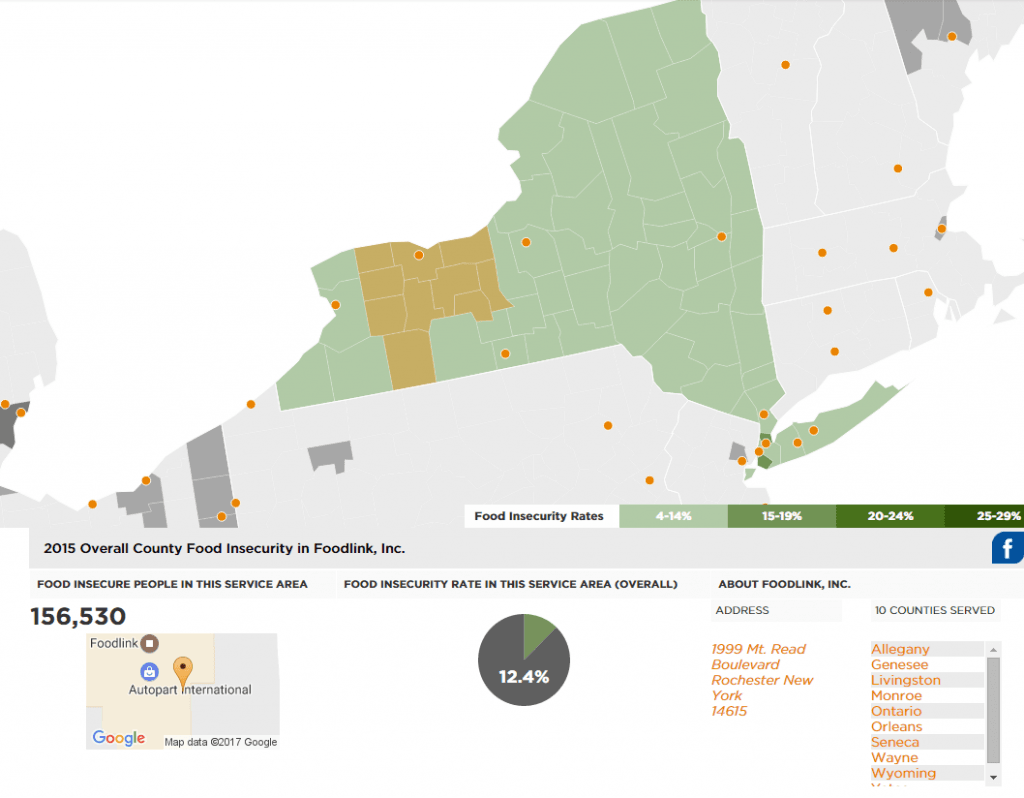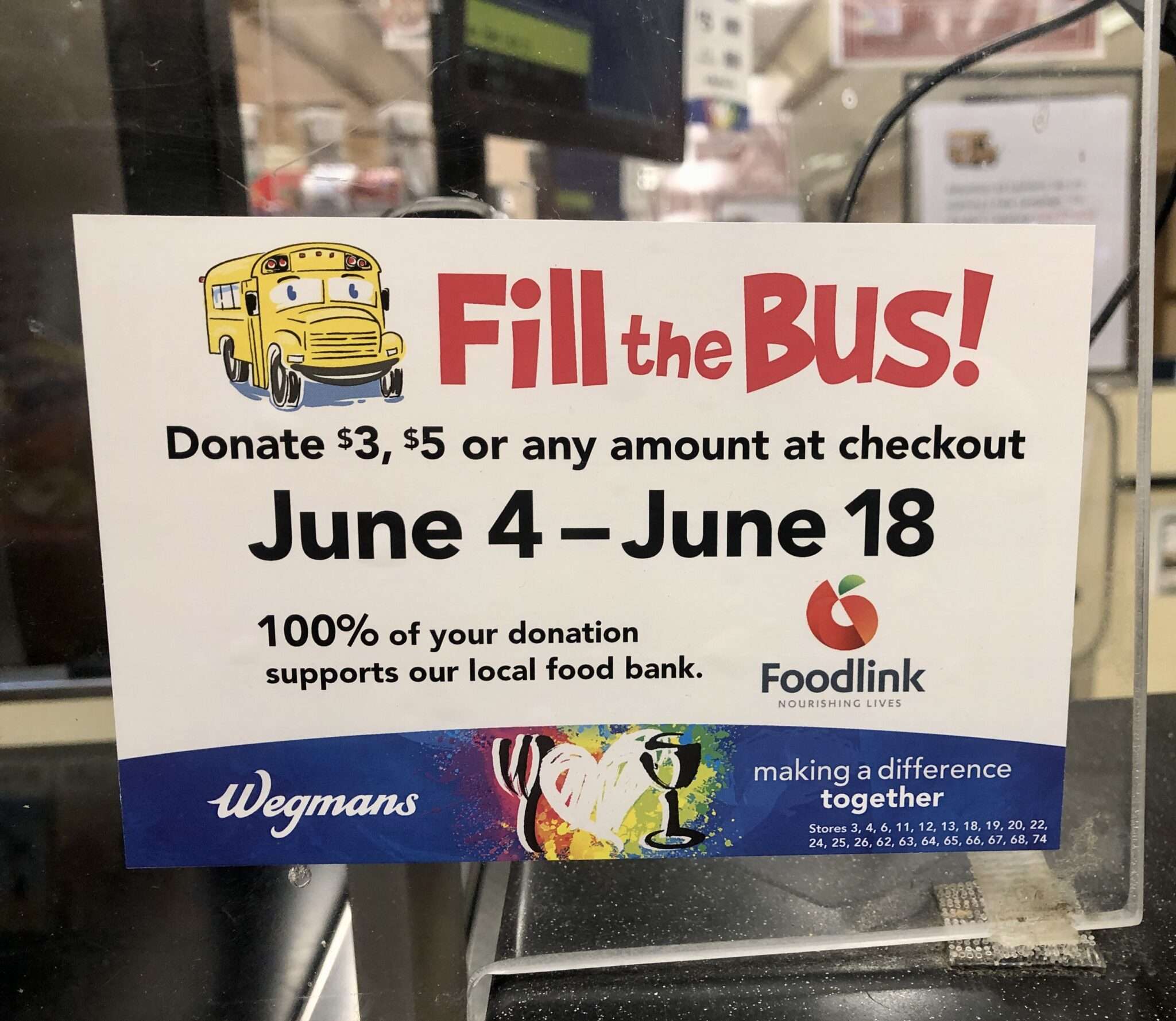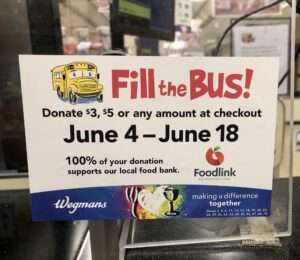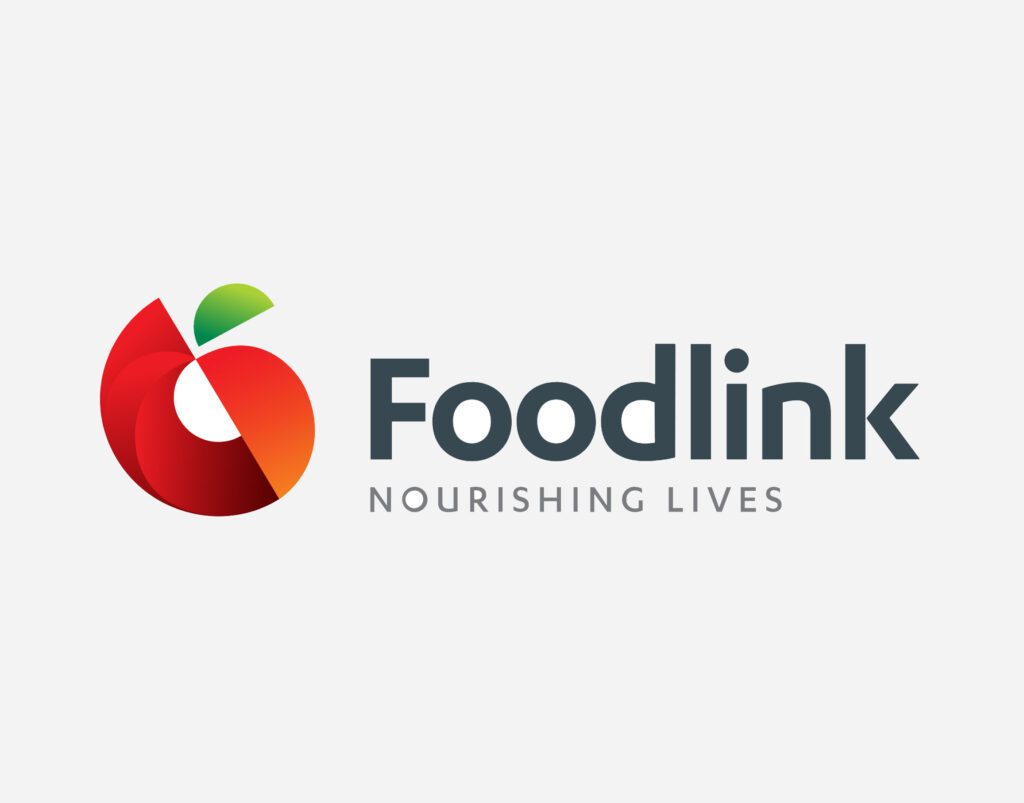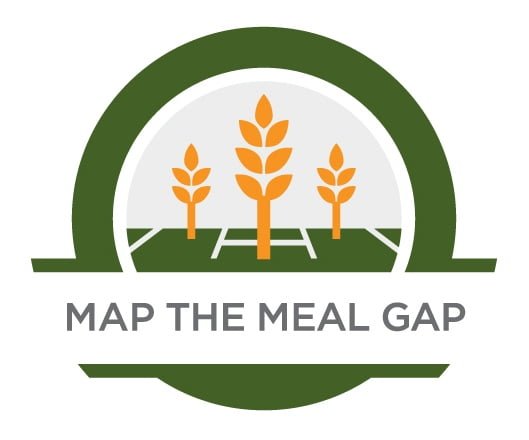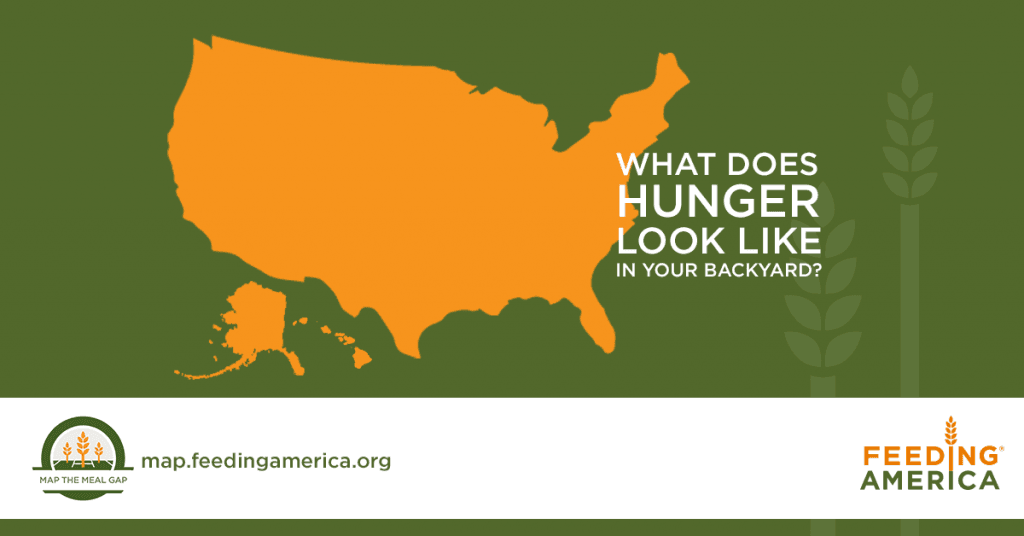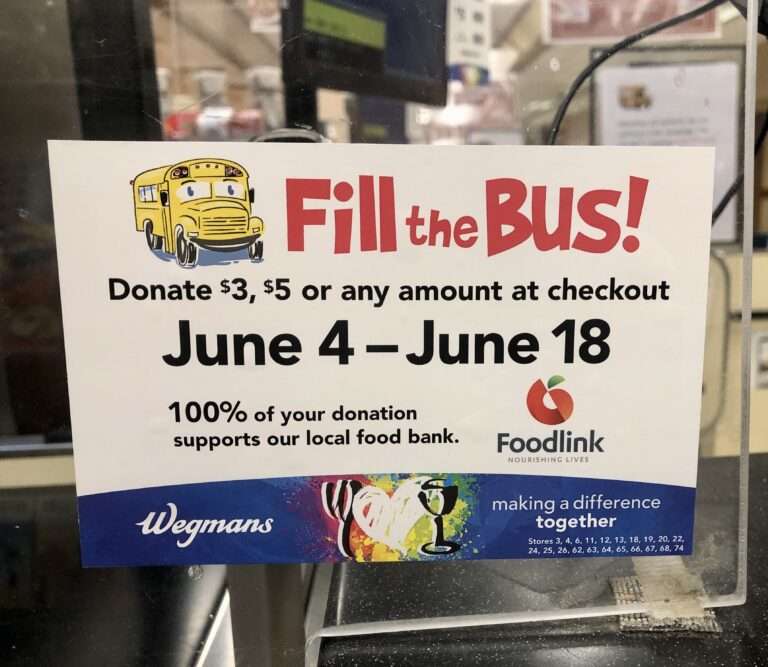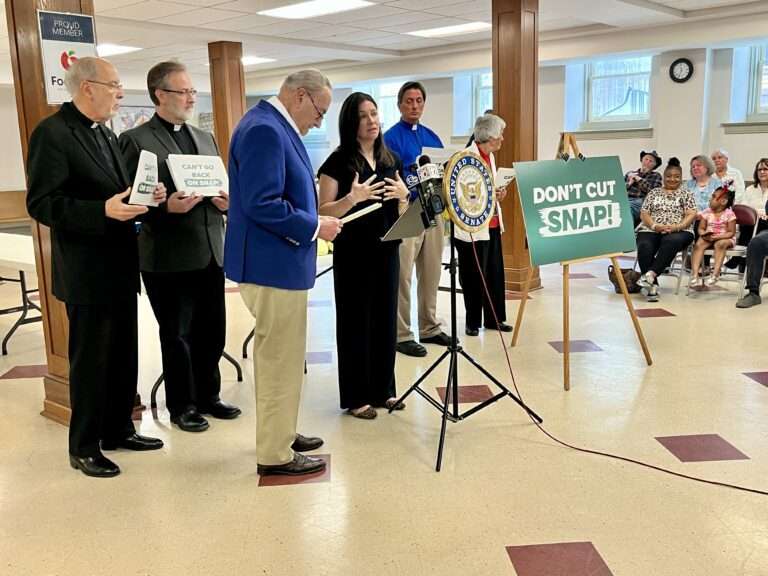While there are slightly less food insecure people in the Rochester area, those who struggle to put food on the table are finding it less affordable to feed themselves and their families, according to a report released Thursday.
Foodlink announced the release of Map the Meal Gap 2017, the latest report by Feeding America® on food insecurity and the cost of food at both the county and congressional district level.
The overall food insecurity rate in Foodlink’s 10-county service area dipped slightly from 12.5 to 12.4 percent in 2015, the most recent year for which data is available. Child food insecurity showed marked improvement by decreasing from 20.9 to 19.4 percent. The study also finds, however, that people currently facing hunger are likely falling further behind as they continue to struggle to buy enough food to meet their needs. Food-insecure individuals in the Rochester area now face a food budget shortfall of $514.25 per person each year, up from $492.92 last year.
MORE: Check out the interactive map
READ: Feeding America explains the annual study
Foodlink serves the counties of Allegany, Genesee, Livingston, Monroe, Ontario, Orleans, Seneca, Wayne, Wyoming, and Yates. Food insecurity ranged from a low of 10 percent of the population in Ontario County up to 13.2 percent in Monroe County. Overall, 156,530 people, including 52,780 children, are considered food insecure in Foodlink’s 10-county service area. The national food insecurity rate is 13.4 percent.
“While it’s encouraging to see numbers improve in some areas, we know there is plenty of work to be done to assist the more than 150,000 people in our region still struggling to put food on the table,” said Foodlink Executive Director Julia Tedesco. “Our mission is to end hunger. We will continue to serve this community until everyone has reliable access to healthy food.”
Food insecurity is defined as a household’s limited or uncertain access to adequate nutritious food. It is assessed in the annual Current Population Survey (CPS) and represented in USDA food-security reports.
Using data from the CPS, the study finds that nationally, on average, food-secure individuals report spending $2.94 per person, per meal. This is a slight increase from the average of $2.89 as reported in Map the Meal Gap 2016. Locally, that number rose from $2.79 to $2.87 based on Nielsen data that factors in the local cost of food and assigns a “cost-of-food index” to each county. That index rose in 8 of the 10 counties in Foodlink’s service area.
The report also shows that 32 percent of the food insecure population in Foodlink’s 10-county service area has a household income higher than the threshold to qualify for SNAP benefits, formerly known as food stamps.
“That is particularly troublesome,” Tedesco said. “We all know the benefits of federal nutrition assistance programs such as SNAP, and knowing that one-third of our food insecure clients cannot access this vital program is alarming.”
Map the Meal Gap 2017 uses data from the U.S. Department of Agriculture, U.S. Census Bureau and U.S. Bureau of Labor Statistics. The study is supported by founding sponsor The Howard G. Buffett Foundation, Conagra Brands Foundation and Nielsen.
Foodlink is one of 200 food banks in the Feeding America network that collectively provides food assistance to 46 million Americans struggling with hunger. Last year, Foodlink distributed more than 19 million pounds of food, including more than 5.7 million pounds of fresh produce. It supports approximately 500 member agencies and offers dozens of innovative food access and nutrition education programs.
“It is disheartening to realize that millions of hardworking, low-income Americans are finding it increasingly difficult to feed themselves and their families at the same time that our economy is showing many signs of improvement, including a substantial decline in the number of people who are unemployed,” said Diana Aviv, CEO of Feeding America. “This study underscores the need for strong federal nutrition programs as well of the importance of charitable food assistance programs, especially the food pantries and meal programs served by the Feeding America network of food banks.”
| County | Food insecurity rate | Estimated # of food insecure individuals | Child food insecurity rate | Estimated # of food insecure children |
| Monroe | 13.2 | 98,830 | 19.1 | 31,060 |
| Allegany | 12.6 | 6,070 | 22.8 | 2,290 |
| Orleans | 12.4 | 5,250 | 21.8 | 1,890 |
| Livingston | 11.6 | 7,540 | 20.3 | 2,510 |
| Seneca | 11.5 | 4,030 | 19.5 | 1,400 |
| Genesee | 11.2 | 6,650 | 20.3 | 2,540 |
| Wyoming | 11.2 | 4,640 | 20.2 | 1,670 |
| Yates | 11.0 | 2,780 | 21.1 | 1,230 |
| Wayne | 10.6 | 9,810 | 19.6 | 4,080 |
| Ontario | 10.0 | 10,930 | 17.7 | 4,110 |
| TOTAL | 12.4 | 156,530 | 19.4 | 52,780 |
